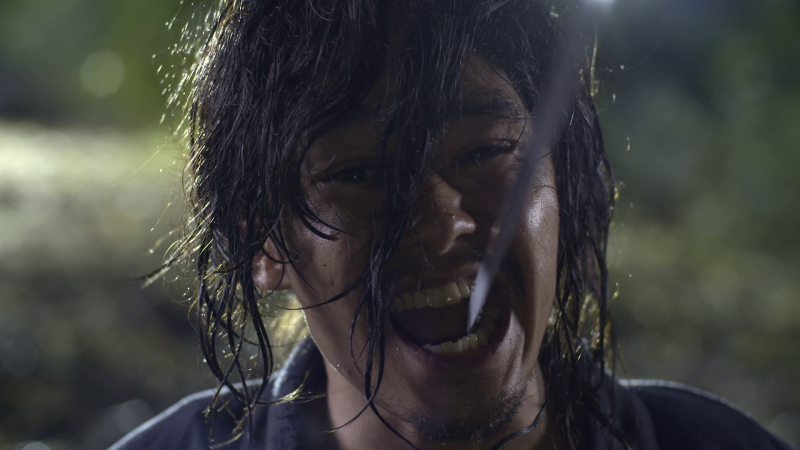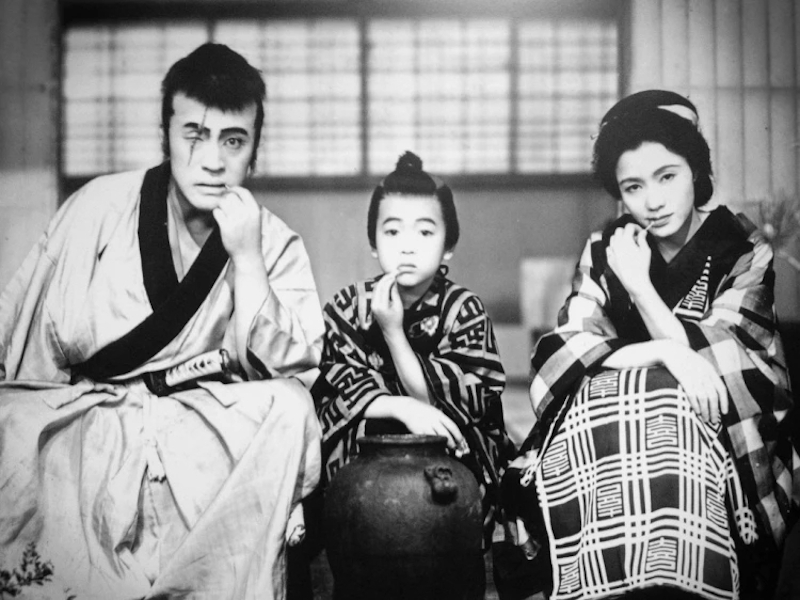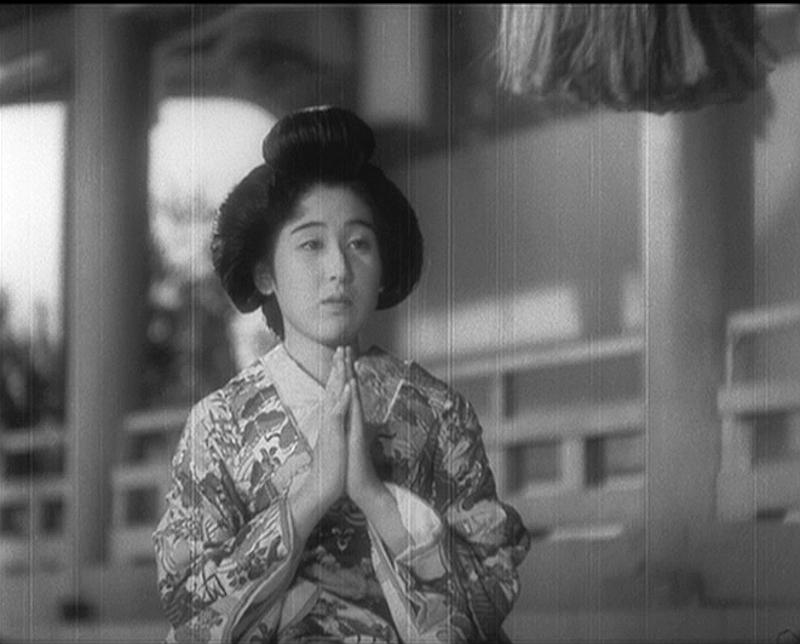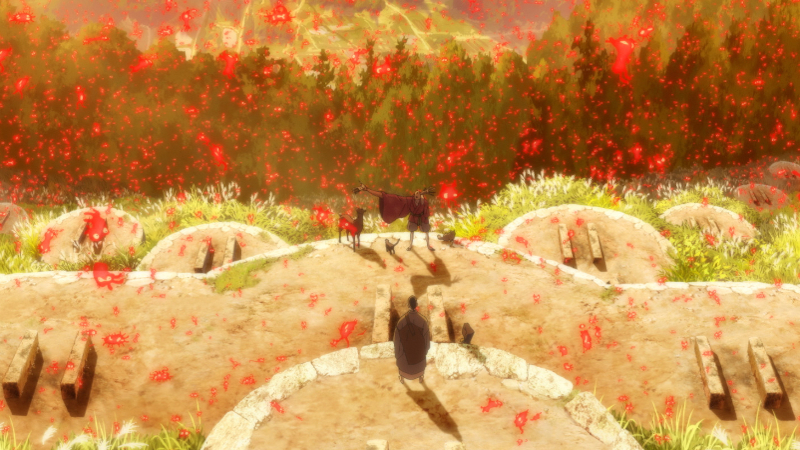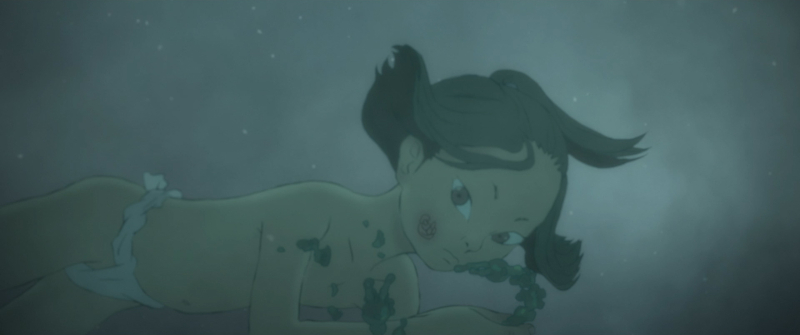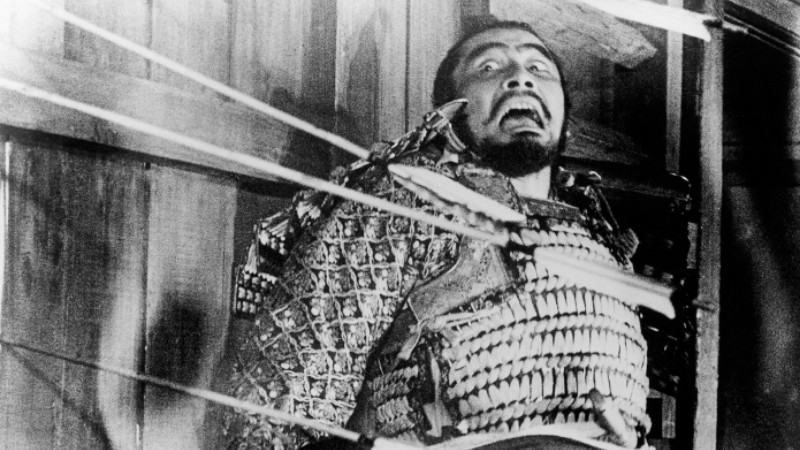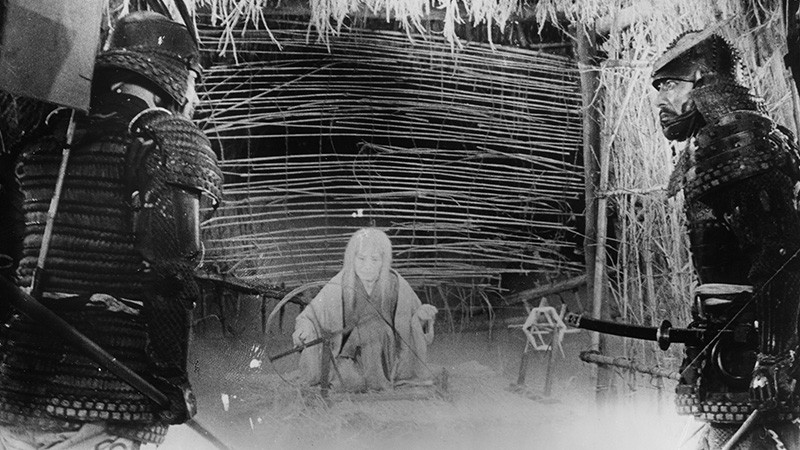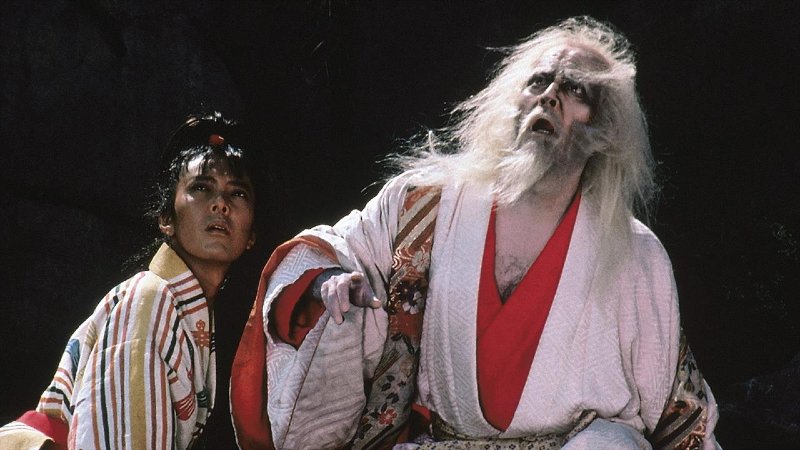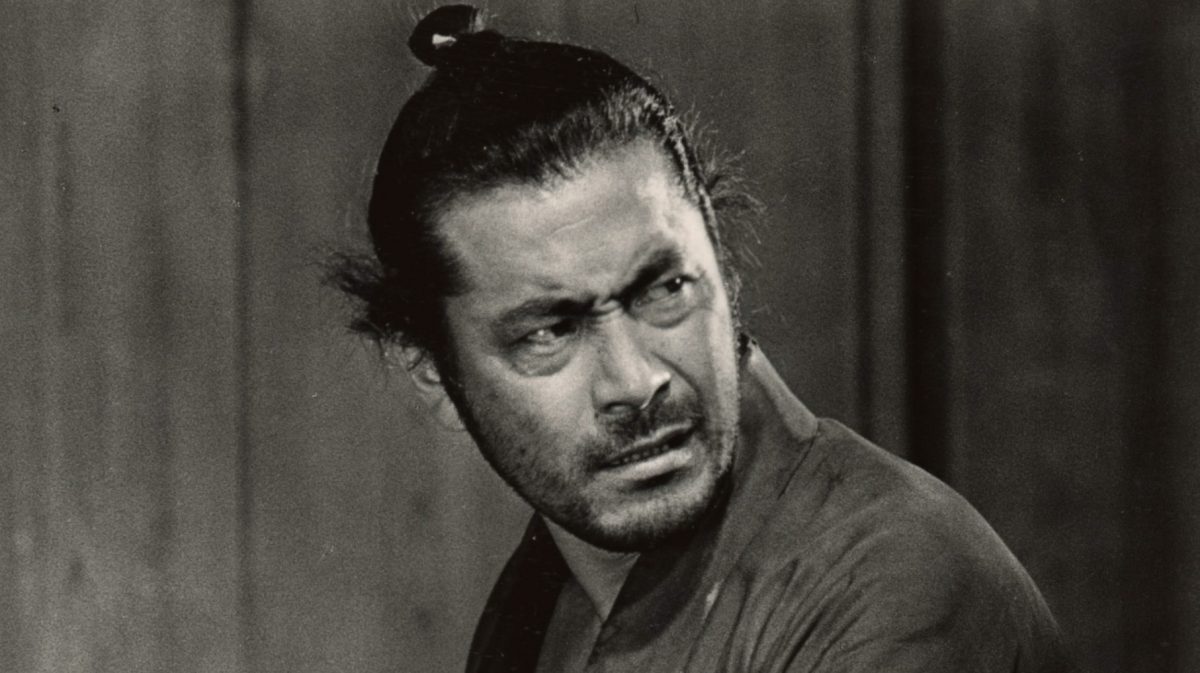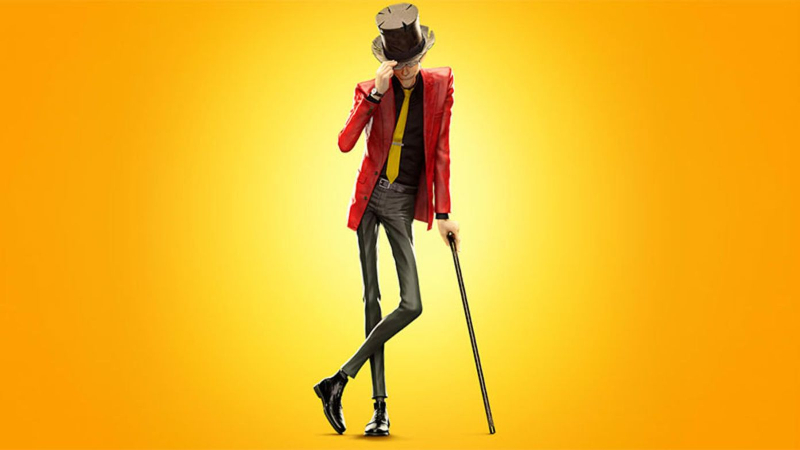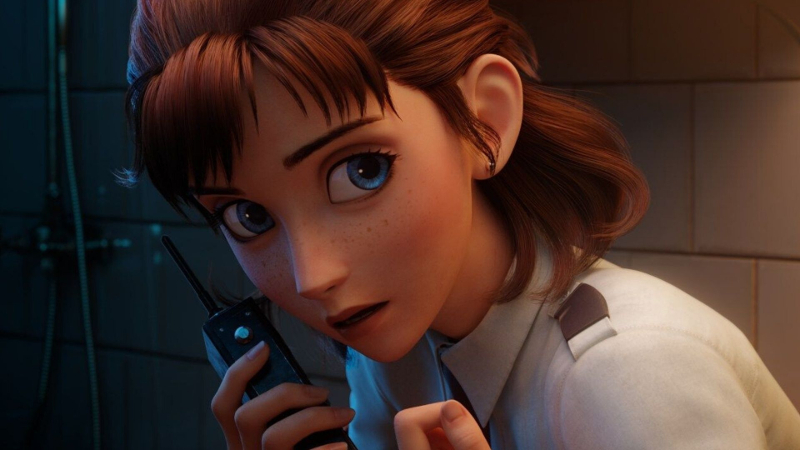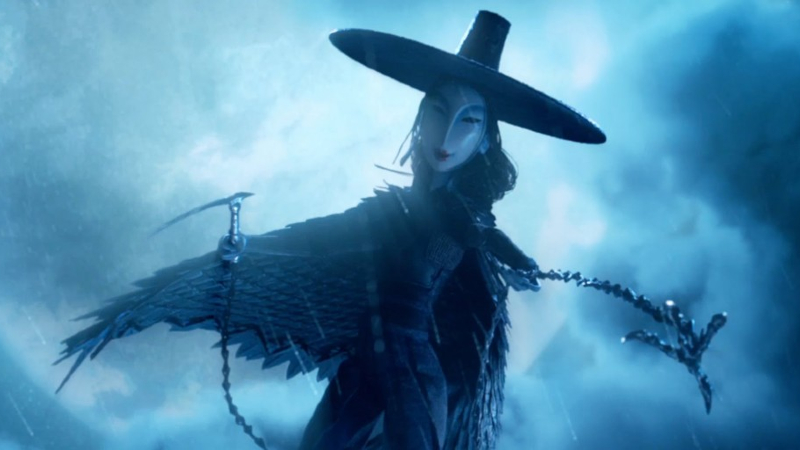Killing (Sawamura)
Director – Shinya Tsukamoto – 2018 – Japan – Cert. 18 – 79m
***
[Update: The Adventures of Denchu Kozo streams on the Arrow Channel from Friday, May 3rd 2024.]
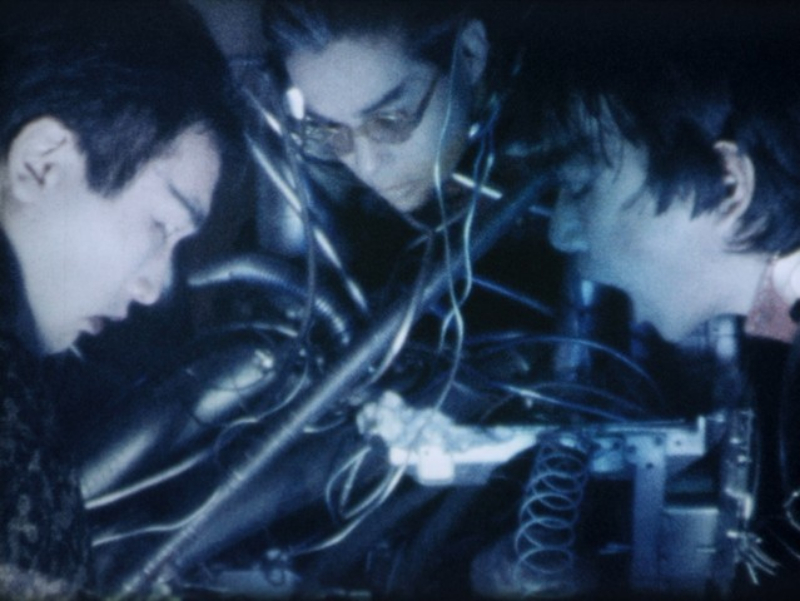
The Adventures of Denchu Kozo (Denchu kozo no boken)
Director – Shinya Tsukamoto – 1987 – Japan – 45m
****
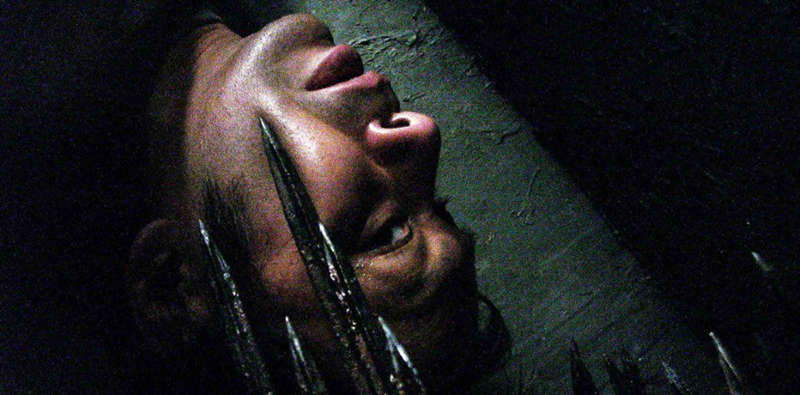
Haze
Director – Shinya Tsukamoto – 2005 – Japan – Cert. 15 – 48m
*****
Shinya Tsukamoto’s latest feature, the samurai movie Killing comes to UK Blu-ray in a two-disc edition, along with two fascinating shorts: the Super-8 epic The Adventures of Denchu Kozo and the later masterpiece Haze. All three feature informative audio commentaries by Tom Mes, author of Iron Man: The Cinema of Shinya Tsukamoto (2005). The director is probably best known for cyberpunk epics Tetsuo: The Iron Man (1989) and its sequel/reboot Tetsuo II: Body Hammer (1992) which concern the fusion of flesh and metal into a new evolutionary human weapon form. His new film similarly explores the samurai and his metal blade becoming as one in a deadly human fighting machine. Read the rest…
Review published in All The Anime.
